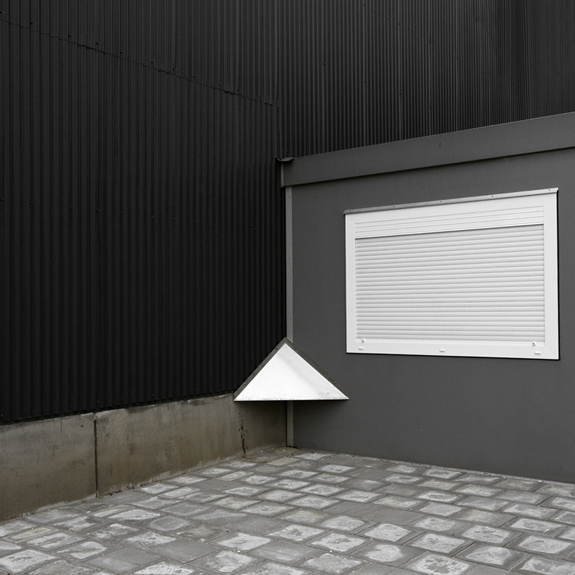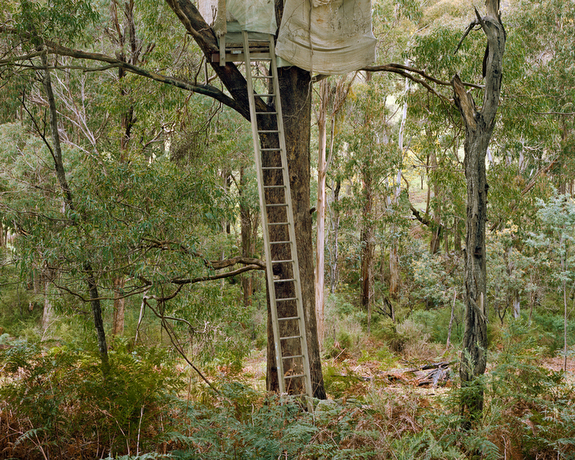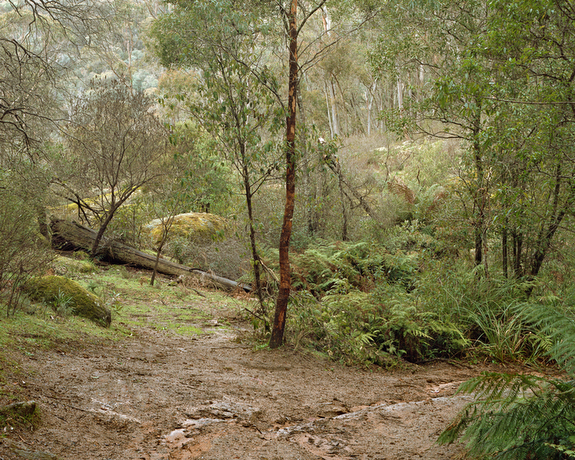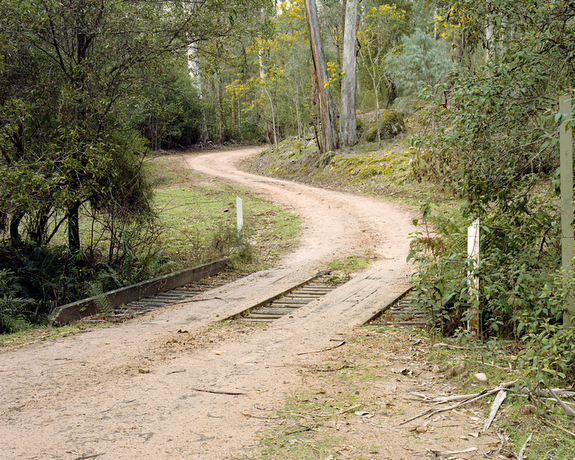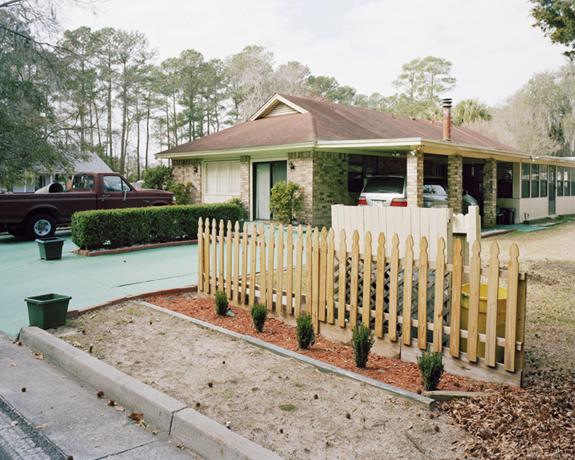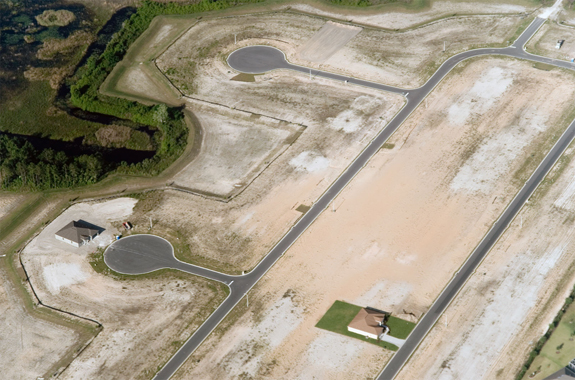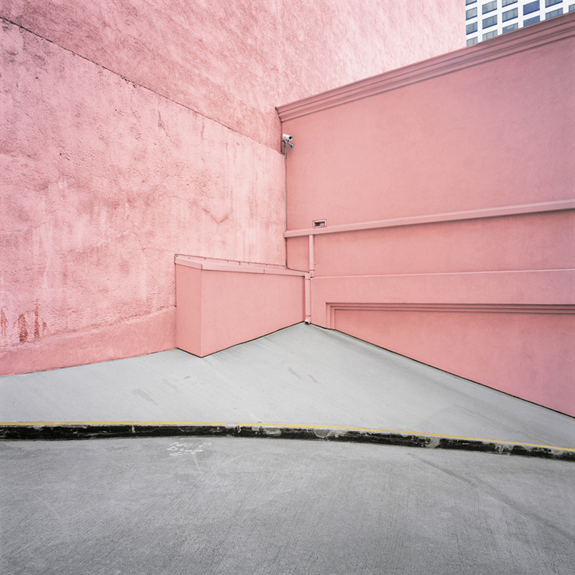
www.DanielMirer.com
The ArchitorSpace photographs display my specific interest in as well my fear of enclosed areas and the banality of urban spaces. These places are typologies of contemporary post-industrial architectural aesthetic which makes the individual appear so displaced within the uncanny. The photographic strategy is to purposefully make these images heavy with absence; these forgotten deserted (non-sites) are environments that are entirely familiar revealing no history or functionality but yet are commonplace.
The environments depicted within the images are sites that conjure up subconscious memories pointing out the familiarity within the redundancy of blandness within postindustrial space. These non-spaces that exist in the images are the enclosed public arenas in which you are viewed and exposed to the scrutiny of others. They reveal an emptiness that is particularly banal, and commonplace, that has become the current prominent state within the post-industrial spaces that we as a modern society navigate and inhabit.
I photograph these locations from a direct, frontal point of view, at sufficient distance to include the entire space creating a flat and melancholic state. These architectural portraits become places of a matter-of-fact that demonstrates a primary function of the still photographic image: to record. The photographs are of spaces in which a building facade, alley or a corridor is virtually indistinguishable from another; repetition and redundancy collapse into an architectural singularity. Within the images, the subjects who otherwise occupy these spaces are engulfed into the void of here-could-be-anywhere, into the monumental dissolution of space in contemporary architecture.
— Daniel Mirer, Leiden, Netherlands
